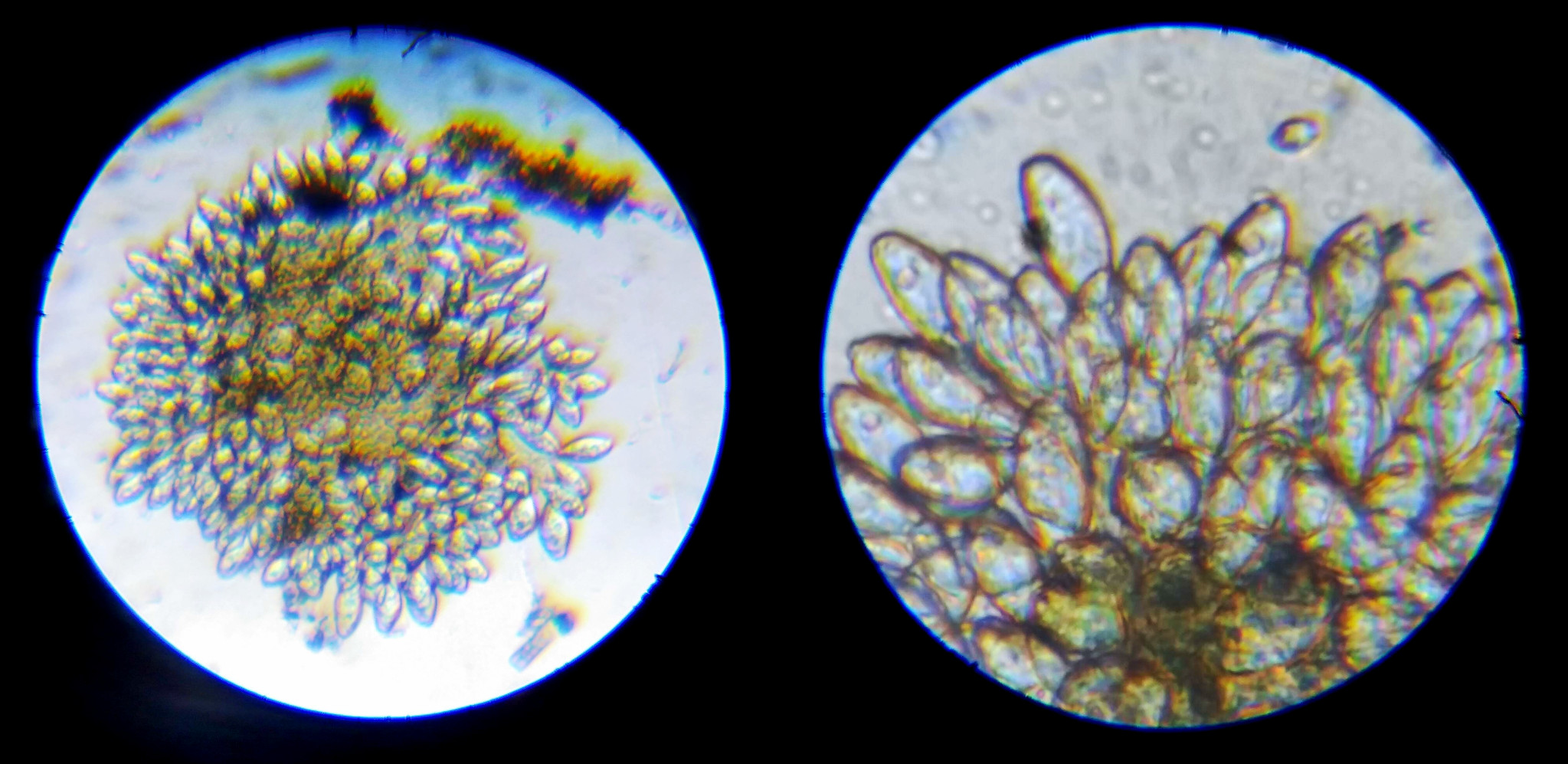Remember that old microscope I restored some time ago in this post? Well, with the help of a biologist friend of mine, Emma, I had the chance to play with it quite a bit, and I certainly didn’t miss the opportunity to snap a load of pictures and shoot as many videos as I could of anything that I saw moving under those lenses. That said, here’s to you a selection of what I found most interesting!
The first thing she advised me to look at was some moss. Whatever, I thought, but boy was it surprising. First of all, apparently moss has this peculiarity of having leaves composed of only one layer of cells, which makes the shapes of the cells really stand out: impressing!

The second amazing fact about moss is that it is always full of a variety of curious creatures. At first I couldn’t find any, but after trying a few different drops of water I almost got scared: I saw this giant chubby wormy thing crawling around and it felt so weird. It was only a matter of seconds until this odd feeling turned into pure wonder. It was just like a tiny alien living its very own life, and I felt I was having such a privilege to be able to peek into this absolutely new type of world.
Oh and by the way, it was a rotifer, a tiny cutie (~100μm in length) with very interesting survival abilities, but I’m not sure I possess enough knowledge to form proper sentences so I’ll just leave you to Wikipedia ![]()
Next up, tardigrades! My friend said I was so lucky to find both of them at my first try. Look how cute they are with those tiny paws, and notice how slippy the glass tile is for them. I read they can manage to walk only after the glass has been sitting for a while and it starts to get covered in bacteria to which they can grip.
Some days later, I finally found a microorganism I recognized myself! The tiny worm you can see wiggling on the bottom side is a C. Elegans, a fellow I met in previous conversations with Emma when chatting about a project where they mapped its entire neural network and were then able to simulate in a computer. Why map the “brain” of a C. Elegans? Well, here comes the fun fact: it is always composed of exactly 302 neurons.
Did you notice the intruder? On the top right corner you can see what is most likely a gastrotrich, a finding that made Emma very jealous since she could never find one ![]()
But anyway, let’s have some more fun with rotifers. Take a look below at how they eat: basically they open up this sort of mouth that is covered in cilia which they move to create a vortex to attract anything they can ingest (other microorganisms, organig debris, etc).
Now a very interesting experiment: one of those survival abilities I mentioned consists in (forgive my biological heresy) retracting into a tiny resilient ball that can withstand conditions far from their ideal. What I did after finding this next rotifer was putting the glass slide onto a pack of ice for some minutes so that it could perform this magic. As I hoped, the temperature transition was not too quick to cause its death, and resulted in this interesting video of the rotifer returning to life some seconds later:
One other video I think is simply amazing is this one where I captured a …thing? dividing in two (which I’m being told is technically called binary scission). The first I found was by chance, and by the time I understood what was happening it was already over and I did not record anything. To find another one and be able to record, I literally spent the whole evening, but at the end I was so satisfied. This video is sped up 25 times, as the original one lasted almost 15 minutes.
Notice also how colorful that long diatom (on the top right) appears under this light. And speaking of algae, look at how cool spirogyras are! Those spirals are actually their chloroplasts, the organelles that perform photosynthesis.

Lastly, to conclude this gallery, here’s a collection of random ciliates that look funny:
